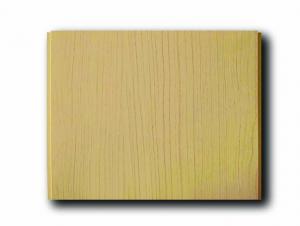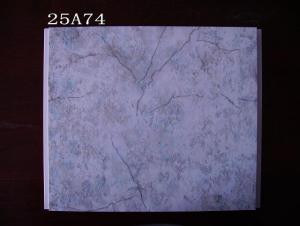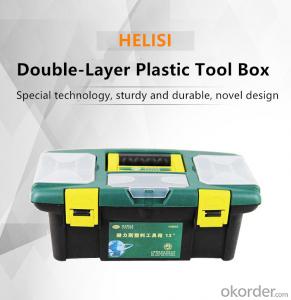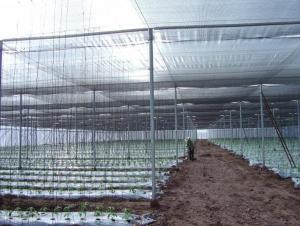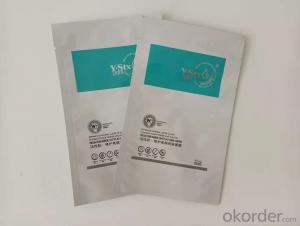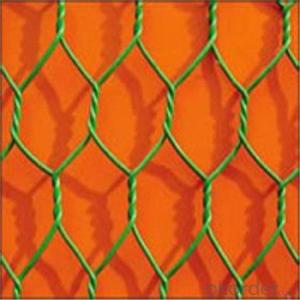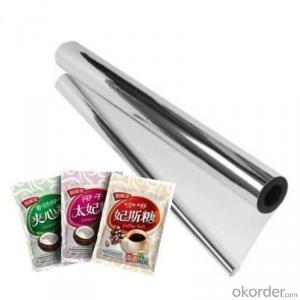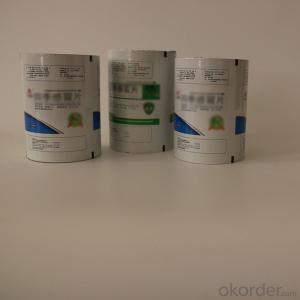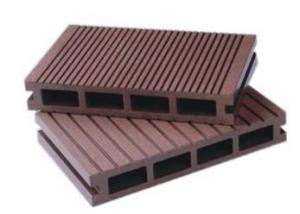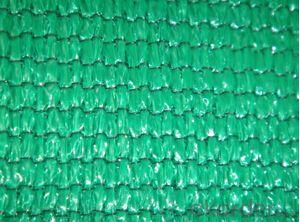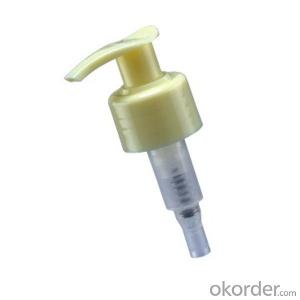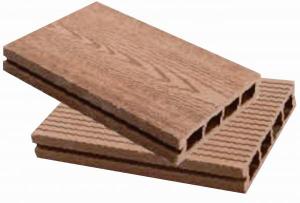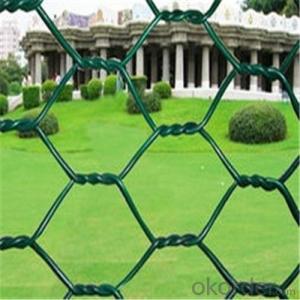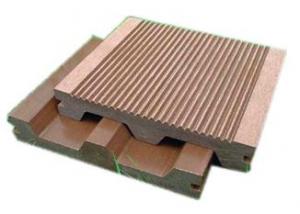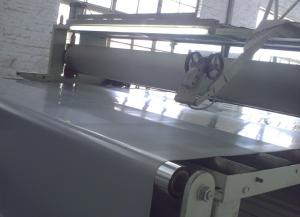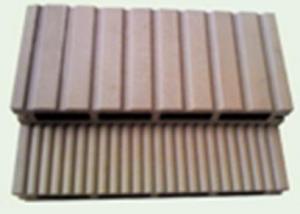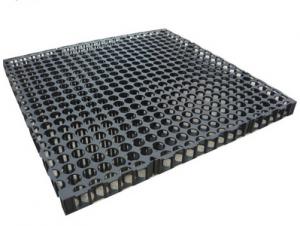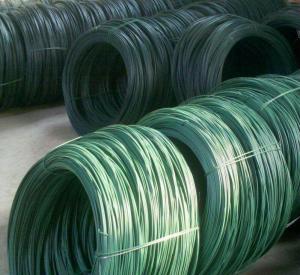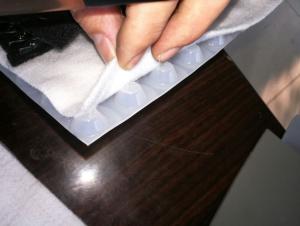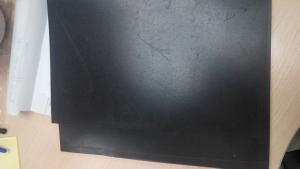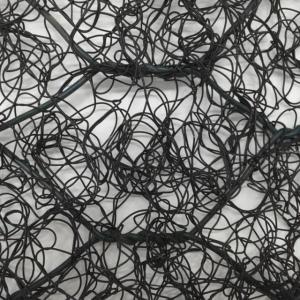Plastic Netting Uk
Plastic Netting Uk Related Searches
Primer For Galvanized Steel H S Code For Stainless Steel Wd 40 For Stainless Steel Spray Paint For Stainless Steel Drill Bits For Stainless Steel Sponge For Stainless Steel Caulking For Stainless Steel Steel Vessels For Kitchen Best Solar Inverter For Home Led Table Lamps For HomeHot Searches
Steel Mesh Panels For Sale Price For Stainless Steel Scrap Scrap Price For Stainless Steel Cheap High Tea Sets For Sale Stainless Steel Tanks For Sale High Density Fiberboard For Sale Solar Hot Water Collectors For Sale Scaffolding For Sale In Uae Scaffolding For Sale In Ireland Scaffolding For Sale In Houston Type Of Inverter For Solar Price Of Shipping Containers For Sale Stock Price For Aluminum Used Solar Inverter For Sale Portable Led Signs For Sale Stone Hot Water Bottles For Sale Large Led Screens For Sale Used Aluminum Scaffolding For Sale 1/4 Aluminum Plate For Sale Pvc Chairs For SalePlastic Netting Uk Supplier & Manufacturer from China
Okorder.com is a professional Plastic Netting Uk supplier & manufacturer, offers integrated one-stop services including real-time quoting and online cargo tracking. We are funded by CNBM Group, a Fortune 500 enterprise and the largest Plastic Netting Uk firm in China.Hot Products
FAQ
- Yes, earthwork products are suitable for use in reservoir construction. Earthwork products, such as soil, sand, and rocks, are commonly used in the construction of reservoirs to create embankments, dams, and slopes. These materials are often compacted to provide stability and prevent erosion, making them essential components of reservoir construction projects.
- What are the main features of gypsum for civil engineering materials?
- Has a certain humidity, fire resistance, water resistance, poor frost resistance
- Geosynthetic materials, such as geotextiles and geogrids, play a crucial role in soil stabilization in agricultural applications. These materials are designed to enhance the strength and stability of the soil, reducing erosion and preventing soil movement. By reinforcing the soil, geosynthetics help retain moisture, improve drainage, and increase the load-bearing capacity of the ground. They also act as a barrier, preventing weed growth and protecting the soil from external forces. Overall, geosynthetic materials provide an effective and sustainable solution for maintaining soil stability in agricultural settings.
- The Importance of Civil Engineering Materials in Engineering Construction
- The scope of the problem is a bit wide, the most important thing is a direct impact on the quality of the project
- Geopipes play a crucial role in stormwater management by effectively collecting and conveying excess rainwater away from urban areas. These pipes, made from durable materials like high-density polyethylene (HDPE), are designed with perforations that allow water to enter and be transported to designated areas for proper drainage and disposal. Geopipes prevent flooding and waterlogging by efficiently directing stormwater away from structures and roads, helping to minimize potential damage and keep the environment safe.
- The purpose of using geotextile tubes in dewatering projects is to effectively separate and remove water from solids or sludge. Geotextile tubes act as large containers that are filled with the sludge or sediment mixture, and water is forced out through the permeable fabric while the solids are retained inside. This process helps to expedite the dewatering process, provide environmental benefits by reducing the volume of waste, and also allows for the safe disposal or reuse of the separated solids.
- Geosynthetic materials are used in railway track stabilization to enhance the strength, stability, and longevity of the tracks. They are typically installed beneath the ballast layer to provide reinforcement and prevent excessive deformation or settlement. Geosynthetics, such as geotextiles or geogrids, distribute the load more evenly, reduce lateral movement, and improve drainage, thereby improving the overall performance and safety of railway tracks.





